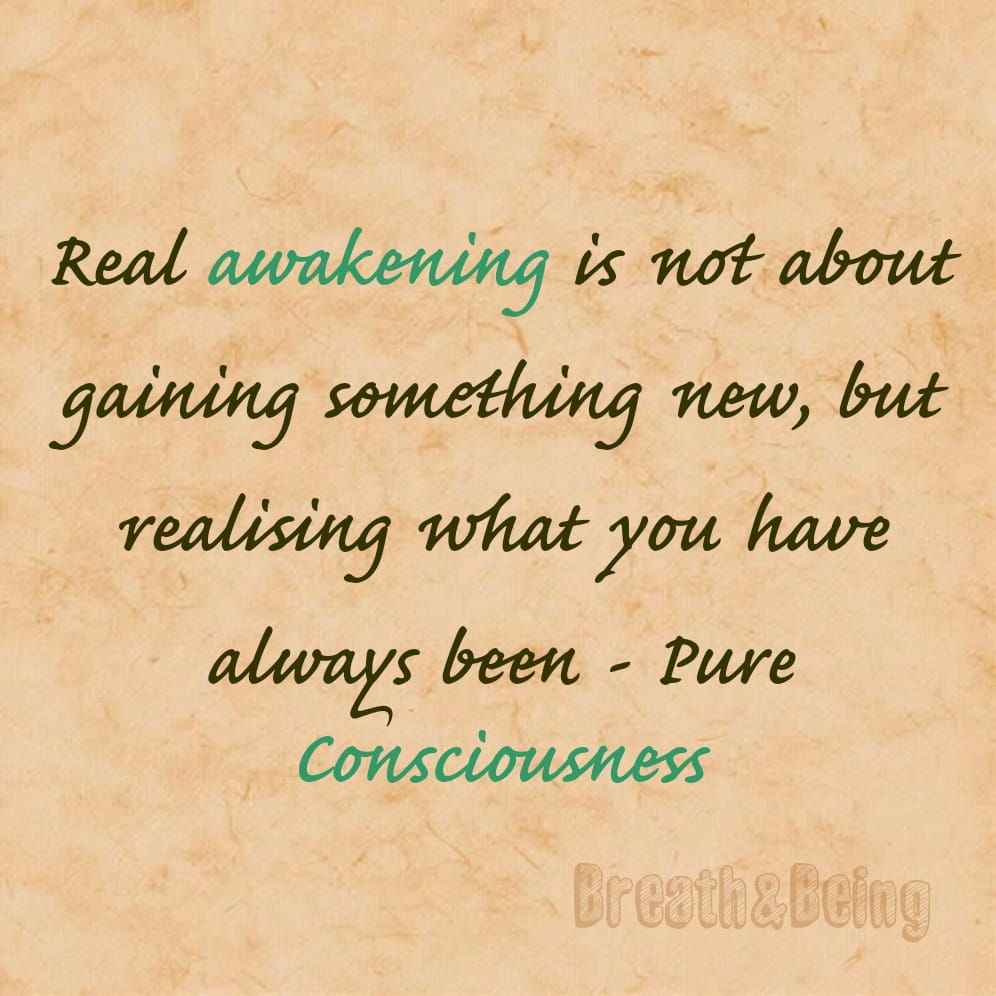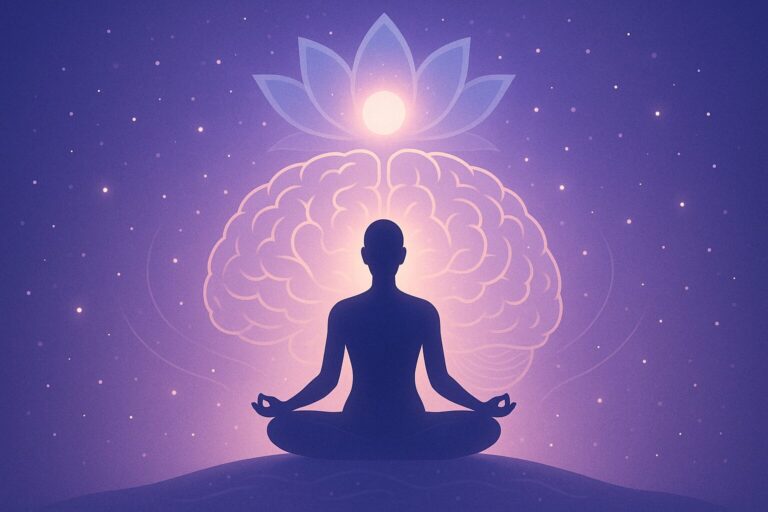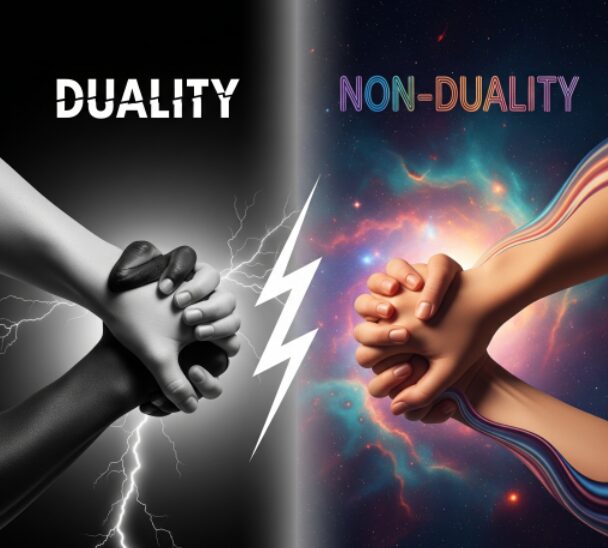Beyond the Mind: The Journey Into Consciousness

Consciousness is one of the most profound and puzzling aspects of human existence. We all experience it — the feeling of being aware, thinking thoughts, having emotions, and observing the world around us. Yet, despite centuries of inquiry by philosophers, scientists, and spiritual seekers, consciousness remains a great mystery.
In this article, we explore what consciousness is, how different disciplines understand it, and why it continues to fascinate thinkers across time.
Defining Consciousness: The Basics
At its core, consciousness is the state of being aware — of oneself, one’s thoughts, emotions, and the external environment. It is what allows you to experience life subjectively.
In simple terms: Consciousness is what it feels like to be you.
It includes:
- Perception (what you see, hear, feel)
- Thoughts and emotions
- Self-awareness
- Intentions and decisions
- The sense of “I”
But here’s the twist: while we all know what consciousness feels like, defining or explaining how it arises is extremely difficult. This is often called the “hard problem of consciousness.”
Consciousness in Spirituality and Eastern Philosophy
Many spiritual traditions, especially in the East, regard consciousness as fundamental — not produced by the brain, but existing prior to it.
In Advaita Vedanta and Buddhism, for example:
- Consciousness is the substrate of all existence — the unchanging witness behind thoughts, sensations, and the body.
- The goal of meditation is to recognize the pure awareness that exists beyond the ego or mind.
- Enlightenment is awakening to this unbounded, silent consciousness.
From this view, you are not your thoughts or experiences — you are the awareness in which they arise.
Consciousness in Hinduism: A Sacred Exploration
In Hinduism, consciousness (Chit or Chaitanya) is not just a byproduct of the brain — it is the very essence of existence, the foundational reality behind the universe.
Unlike the Western scientific view that sees consciousness as emerging from the physical brain, Hindu philosophy often sees consciousness as primary — the universe arises within consciousness, not the other way around.
Key teachings:
Atman (The Self)
- Atman is the individual soul, the innermost self.
- It is pure consciousness — eternal, unchanging, and distinct from the body and mind.
- Not your name, thoughts, or emotions — but the witnessing awareness behind all experience.
Brahman (The Absolute Reality)
- Brahman is the ultimate, infinite reality — formless, all-pervading, eternal.
- It is not “a god” but the ground of all being, pure existence-consciousness-bliss (Sat-Chit-Ananda).
- Chit (consciousness) is a fundamental attribute of Brahman.
Mahavakya ( Great Saying) : “Aham Brahmasmi” – I am Brahman ( I am the creator)
- The Upanishads teach that Atman = Brahman.
- This means the consciousness within you is not separate from the universe — you are that universal consciousness.
The Upanishads are the philosophical heart of the Vedas and are deeply focused on consciousness. Key teachings include:
- Mandukya Upanishad: Describes four states of consciousness:
- Waking (Jagrat)
- Dreaming (Swapna)
- Deep Sleep (Sushupti)
- Turiya – the fourth, transcendent state — pure consciousness beyond duality
- Brihadaranyaka & Chandogya Upanishads: Affirm that the Self is pure consciousness, and knowing it leads to freedom.
Consciousness in Yoga & Meditation
- In Yoga philosophy (Patanjali Yoga Sutras), the mind is seen as fluctuating thoughts (vrittis) that obscure pure consciousness.
- Through practices like meditation, pranayama, and dhyana, the yogi seeks to quiet the mind and rest in the true self — pure awareness.
- Liberation (moksha) is attained when one realizes that they are not the body or mind, but pure, witnessing consciousness.
Consciousness vs. Mind
- In Hinduism, manas (mind) and buddhi (intellect) are tools of the self — they are part of the prakriti (nature).
- Consciousness (Purusha or Atman) is the observer — it is not changed by mental states, emotions, or thoughts.
- This distinction is key in Samkhya philosophy, which speaks of Purusha (pure consciousness) and Prakriti (matter/nature) as separate but interacting.
Consciousness in Western Philosophy
In Western philosophy, consciousness is explored as the experience of being aware — of thoughts, emotions, the world, and the self.
It raises deep questions like:
- What does it mean to be aware?
- Is there a stable “self” behind our thoughts?
- Can our inner experience be fully explained by the brain?
Some perspectives see consciousness as a steady flow of thoughts, while others question if there is even a real “self” at all — just passing experiences. There’s also a strong debate on whether consciousness is something physical or something beyond what science can measure.
Western philosophy may not see consciousness as divine or eternal, like in Hinduism or Buddhism, but it has deeply wrestled with what it means to be aware, to know, and to be.
It continues to evolve — now integrating insights from neuroscience, AI, and quantum theory — but the mystery remains just as alive.


